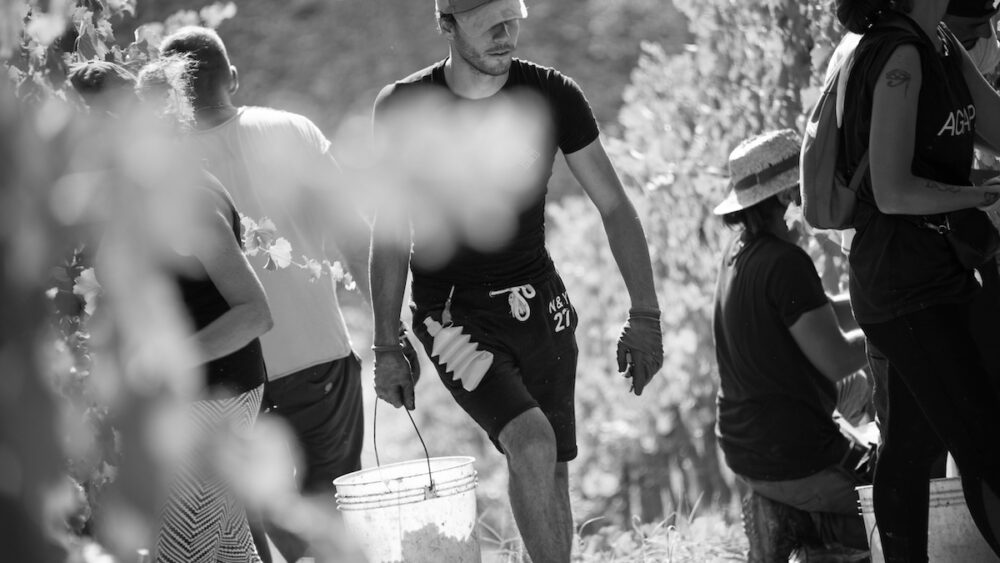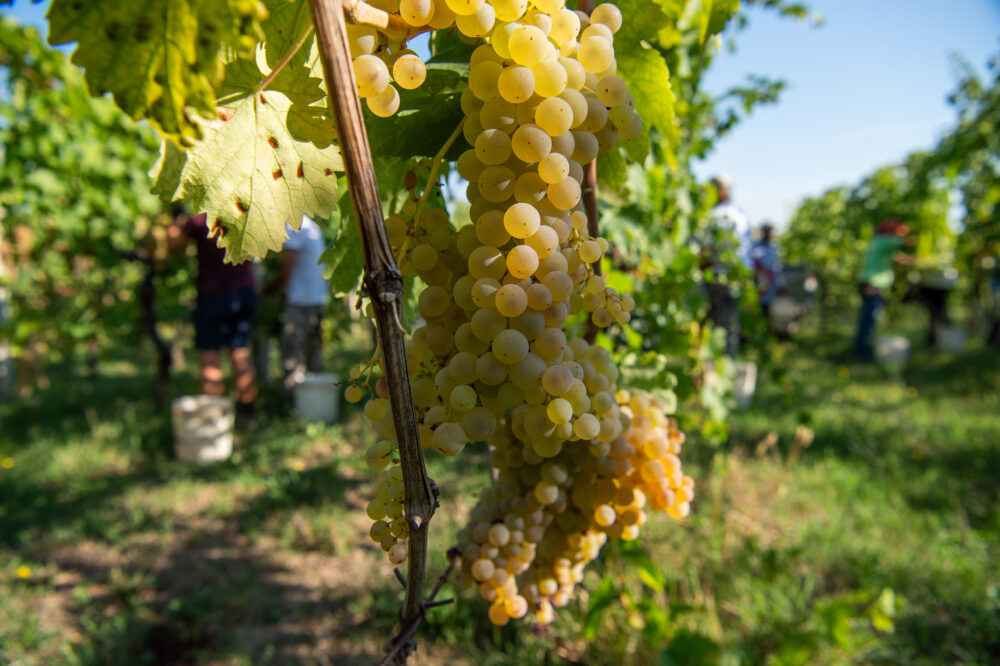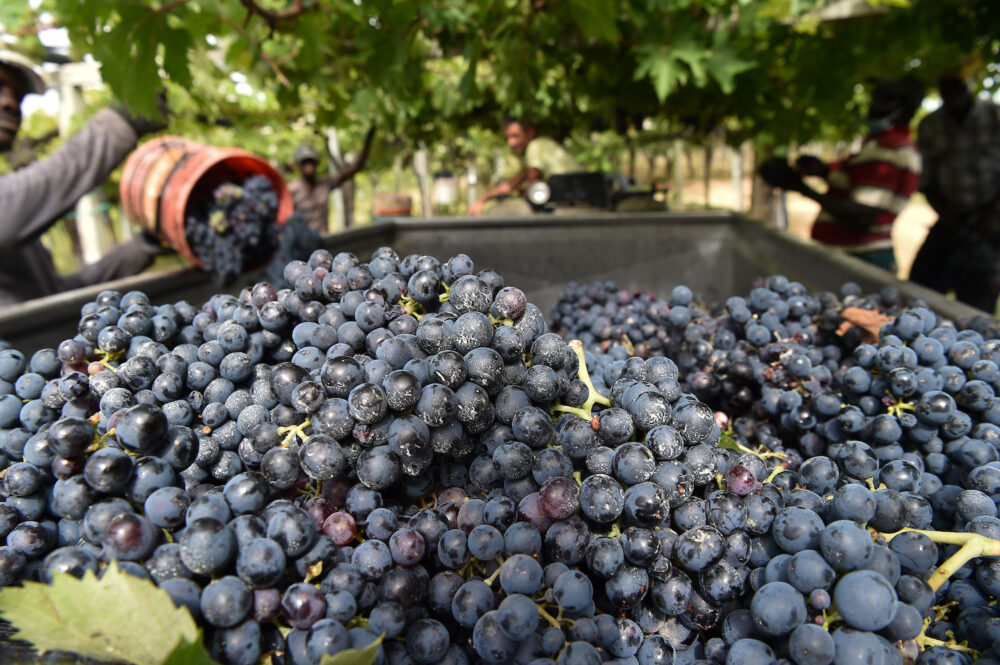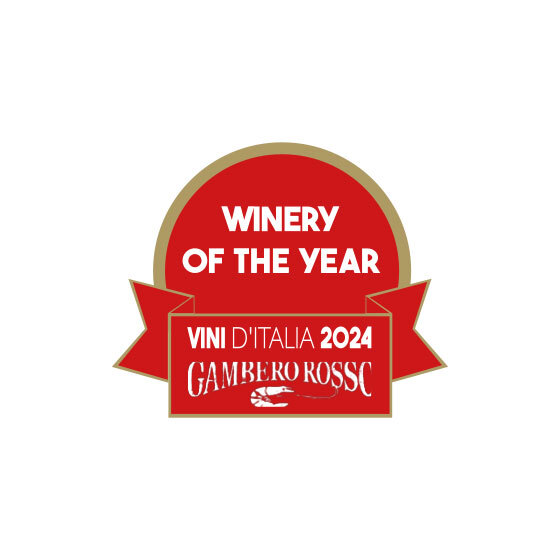Harvest 2023 Report
We will remember this vintage for the great difficulties we had to face to contain a fungus, peronospora downy mildew, which could have wiped out the production of our vineyards. From the autumn of 2022, through the winter, spring, and until June '23, we experienced seasons much rainier than usual, followed by an exceptionally hot July and August, and warm months of September and October characterized by beautiful sunny and dry days.
A seasonal trend that exceptionally favoured the development of numerous and virulent infections of Plasmopara viticola (downy mildew), a fungus belonging to the oomycetes family that can cause extremely severe damage to production since it remains sensitive to infections until the phenological stage of veraison.
Being our company organic, to combat this adversity, we had copper and some organic preparations as weapons at our disposal, used as partners to copper itself, useful in making the vine more resistant to the fungus. There were numerous defense
interventions (often done under challenging vineyard practicability conditions), which, however, allowed us to contain production losses around 25% less than the historical average. A significant effort was also made in caring for green pruning, having to manage any excess stacking that could hinder the correct execution of treatments until June, also limiting the excessive exposure of the productive band (that needed to be protected more than ever to face the hot summer of July and August).
As a partial relief for a challenging first part of the season, the months of September and October came, favouring the optimal ripening of the grapes and the harvest in ideal conditions. The development of phenological phases started with a budding that was delayed by about ten days compared to the average of the last few years. The excellent water availability accumulated in the first half of the year and the high summer temperatures favoured a recovery of the delay, especially on white berry grapes, so much so that the harvest began with Chardonnay destined for sparkling base, just after mid-August. At the end of the same month, we switched to Verdicchio destined for the same purpose. September began with the harvest of Pecorino in Abruzzo, and by the end of the second decade, we had also completed the harvest of Verdicchio grapes. As for red berry grapes, the harvest started with Merlot around September 10th and ended with Montepulciano grapes, both in Marche and Abruzzo, at the end of the second decade of October.
A challenging vintage that still made us hope for a good harvest for white berry grapes, which benefited more from good water availability and cool climate (as it was in the first part of the summer), while we harboured some more concerns for red berry vines,
especially Montepulciano, which, thanks to the ideal climatic trend of the months of August, September, and October, was able to complete the phenolic ripening process in the best possible way. Therefore, a vintage that can be summarized for expressing the
lowest quantitative levels we had ever achieved but generally excellent compared to the quality obtained for both white and red wines.





